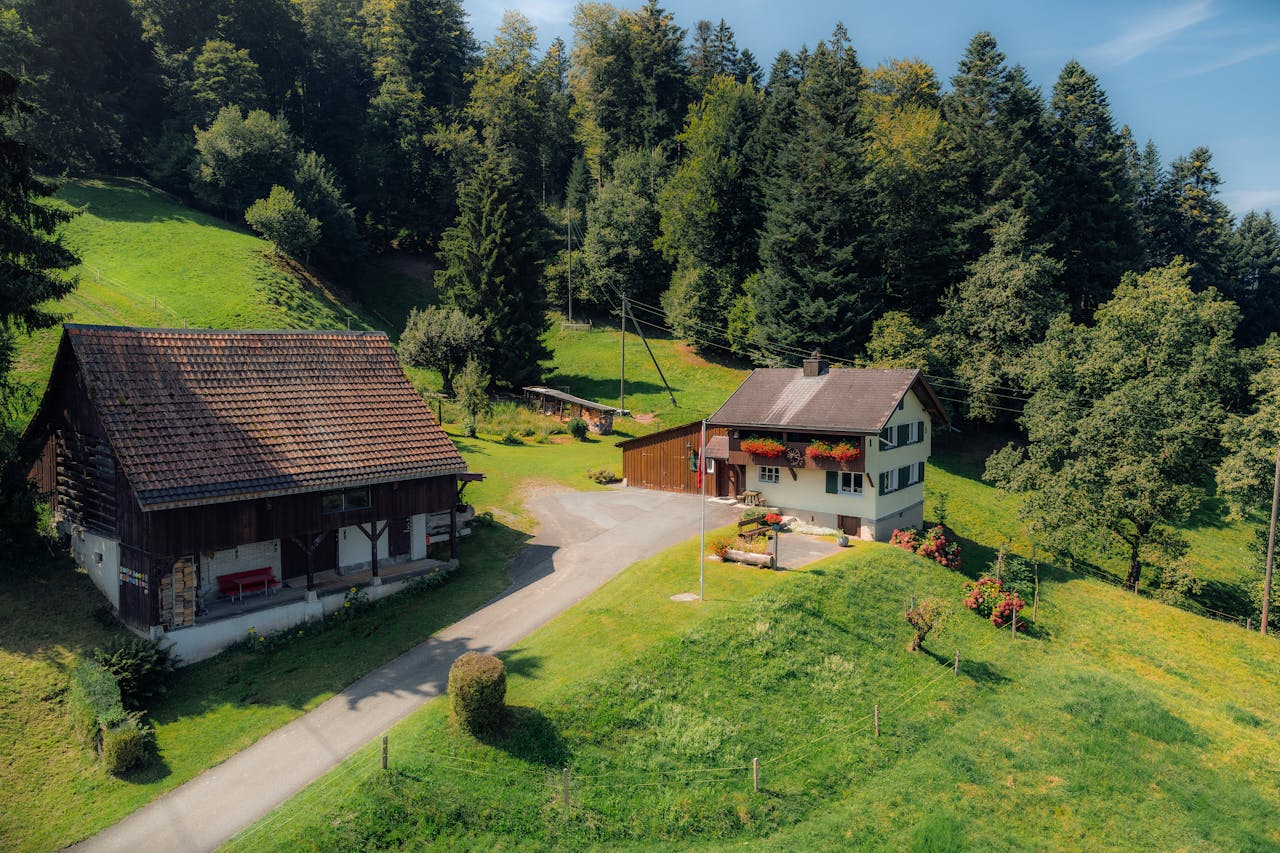The United Kingdom continues to be a beacon to property investors from across the globe. Not only does it offer a robust property market, but it also provides favourable tax benefits, particularly for properties designated for agricultural use. However, understanding the tax benefits of investing in an agricultural property in the UK can be complicated, given the complexities of the taxation laws and policies. This article aims to unpack these benefits and provide readers with an enlightening perspective on this often overlooked area of property investment.
Agricultural Property Relief
One of the key incentives for investing in agricultural property in the UK is the opportunity to claim Agricultural Property Relief (APR). APR is a mechanism that the UK government put in place to encourage investments in the agricultural sector and to help keep agricultural properties within families. This relief, when applied, can significantly reduce the potential Inheritance Tax on an estate.
A découvrir également : What are the financial advantages of living in a UK property with communal living spaces?
APR provides relief from Inheritance Tax on the agricultural value of qualifying assets when they are passed on during the owner’s lifetime or as part of their estate. It’s crucial to note, however, that APR applies only to the agricultural value of the property, not its market value. The agricultural value is typically less than the market value, considering the property’s potential for non-agricultural use.
Capital Gains Tax Reliefs
Capital Gains Tax (CGT) is another area where agricultural properties in the UK offer significant tax benefits. As an investor in agricultural property, you may be eligible to claim either Entrepreneurs’ Relief (ER) or Rollover Relief (RR) on the capital gains realized from the sale of an agricultural property.
Cela peut vous intéresser : How does the UK’s new stamp duty surcharge affect foreign property investors?
Entrepreneurs’ Relief reduces the rate of CGT to 10% on qualifying assets, including agricultural properties. This relief is available to individuals and some trustees and has a lifetime limit. However, the property must be part of a trading business to qualify.
Rollover Relief, on the other hand, allows you to defer CGT when you dispose of an asset and acquire another one (or have plans to do so). The property must be used in the business, and the replacement asset must also be a business asset.
Business Rates Relief
Unlike residential properties, agricultural properties in the UK are generally exempt from Business Rates. Business Rates, also known as National Non-Domestic Rates, are a tax on properties used for non-domestic purposes. Agricultural properties, including arable land, pasture, and certain other related buildings, are usually exempt from these rates. This can potentially save you a significant amount in tax payments.
However, it’s important to keep in mind that not all buildings or structures on an agricultural property will be exempt. For instance, buildings used for processing or selling produce, or for housing machinery, may still be subject to Business Rates.
VAT and Agricultural Property
Value Added Tax (VAT) is a tax that’s charged on most goods and services in the UK. When it comes to agricultural property, however, there are specific points to consider. If the property is used solely for farming purposes, it’s likely to be classified as ‘exempt’ for VAT purposes, meaning that no VAT will be charged on the sale of the property.
However, if the property has been used for non-agricultural activities, or if certain buildings on the property have been used for other purposes, VAT may be chargeable. It’s essential to seek professional advice in this area to ensure that you understand the implications and potential liabilities.
Income Tax and Agricultural Property
Finally, let’s look at Income Tax. If you receive income from farming activities on your agricultural property, this will generally be subject to Income Tax. However, there are various expenses that you can offset against this income, reducing your liability.
These include the cost of maintaining and repairing farm buildings and equipment, the cost of seeds and fertiliser, and other farming-related costs. This can significantly reduce your taxable income, and therefore your tax liability, providing another incentive for investing in agricultural property in the UK.
In summary, there are a range of tax benefits to investing in agricultural property in the UK. These include potential savings on Inheritance Tax, Capital Gains Tax, Business Rates, VAT, and Income Tax. But tax laws are complex, and it’s always recommended to seek professional advice before making an investment decision. By doing so, you can ensure you’re well positioned to make the most of these benefits and achieve the best possible returns on your agricultural property investment.
Stamp Duty Land Tax (SDLT) on Agricultural Property
One of the most significant tax benefits of investing in agricultural property in the UK is the potential exemption or reduction in Stamp Duty Land Tax (SDLT). SDLT is a tax applied on the purchase or transfer of property or land in the UK. This tax can be a substantial chunk of your investment, especially for high-value properties. However, under certain circumstances, agricultural properties may be partially or completely exempt from SDLT.
The exemption on SDLT applies primarily if the property is used for the commercial growing of crops or rearing of animals. The property must also occupy a minimum area to qualify for this exemption. Other types of land use, such as forestry or fisheries, may also qualify for the exemption, provided they meet certain conditions.
Moreover, if a property is mixed-use, meaning it is used for both agricultural and non-agricultural purposes, the SDLT may be calculated only on the non-agricultural portion of the property. This can lead to significant savings compared to the standard SDLT rates. It’s crucial, however, to remember that every property and situation is unique, and the specific application of SDLT can be complex. Professional advice should always be sought to ensure you fully understand the SDLT rules and their implications.
Agricultural Tenancy Relief
In the UK, specific tax reliefs apply to landlords who let their agricultural properties to tenants under an Agricultural Tenancy Agreement. These reliefs are intended to encourage the letting of agricultural land and give landlords a degree of protection against potential financial risks.
One such relief is Income Tax relief, which allows landlords to deduct certain costs associated with letting the property. These costs include the maintenance and repair of the property, insurance premiums, and any agent’s fees. In some cases, landlords may also be able to claim relief on the cost of replacing domestic items, such as furniture, within the property.
Another potential relief for landlords of agricultural properties is Capital Gains Tax relief. If a landlord sells a property that has been let under an Agricultural Tenancy Agreement, they may be able to reduce the amount of Capital Gains Tax they have to pay. This relief can be particularly beneficial for landlords who have seen significant capital growth on their property.
Investing in UK agricultural property can be a sound financial decision, providing a unique range of tax benefits. These include Agricultural Property Relief, Capital Gains Tax Reliefs, Business Rates Relief, VAT exemption, Income Tax deductions, reduced Stamp Duty Land Tax, and Agricultural Tenancy Relief. Together, these benefits can enhance the profitability and sustainability of an investment in agricultural property.
However, understanding and navigating the complex tax benefits can be a challenge. It’s vital to seek professional advice to ensure all potential tax benefits are maximised and legal obligations are met. By doing this, you can feel confident about your investment and its potential for strong returns.
Whether you’re a seasoned investor or a newcomer to the sector, the tax benefits of investing in UK agricultural property can offer a significant boost to your overall investment strategy.











